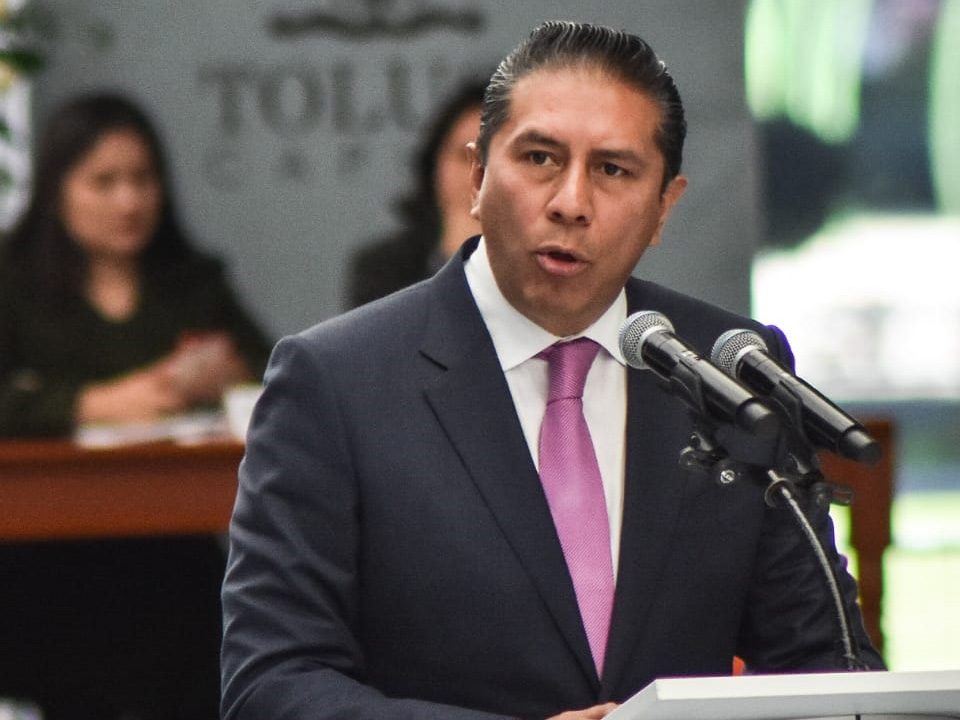
The leader of the church The Light Of The World is arrested
June 5, 2019
100 thousand trees will be planted in Ecatepec this year
June 10, 2019How much the public transport pollutes in the Valle de Toluca?
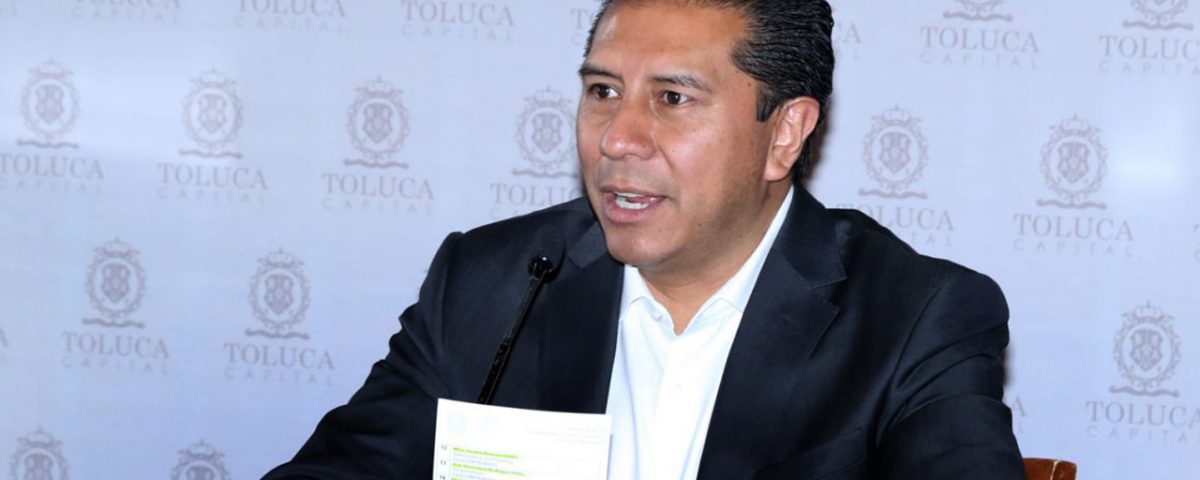
How much the public transport pollutes in the Valle de Toluca?
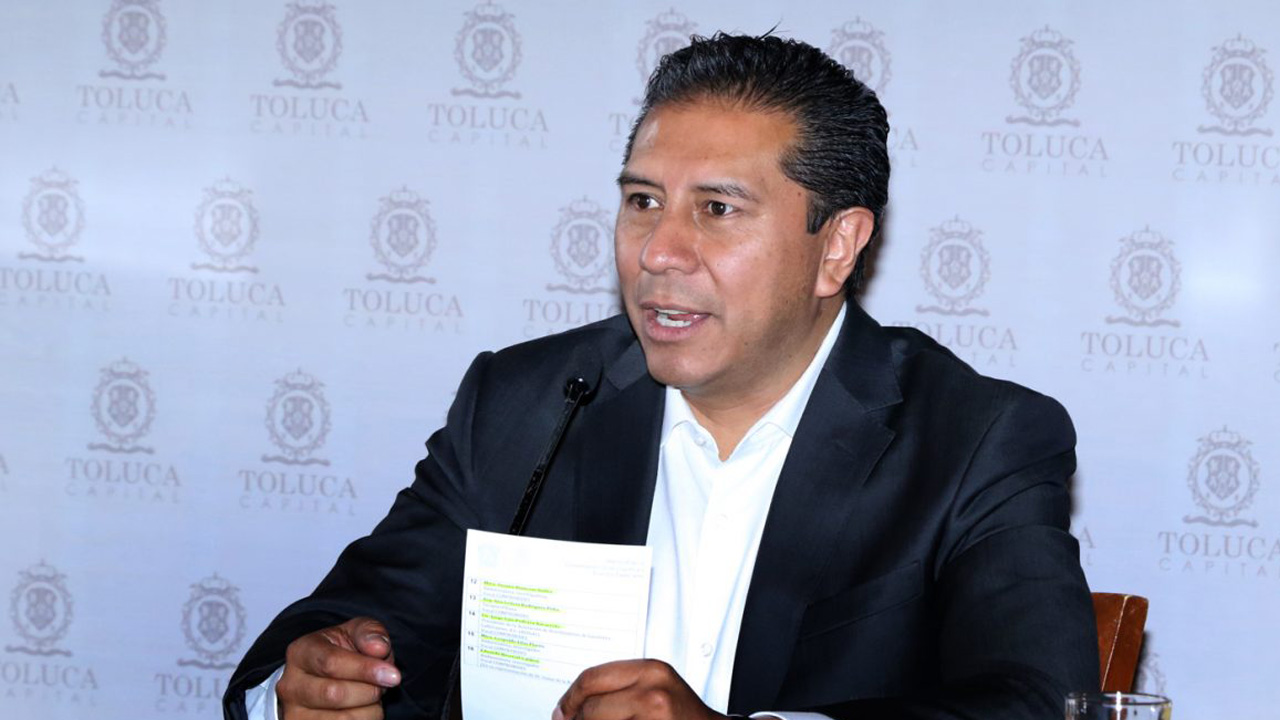
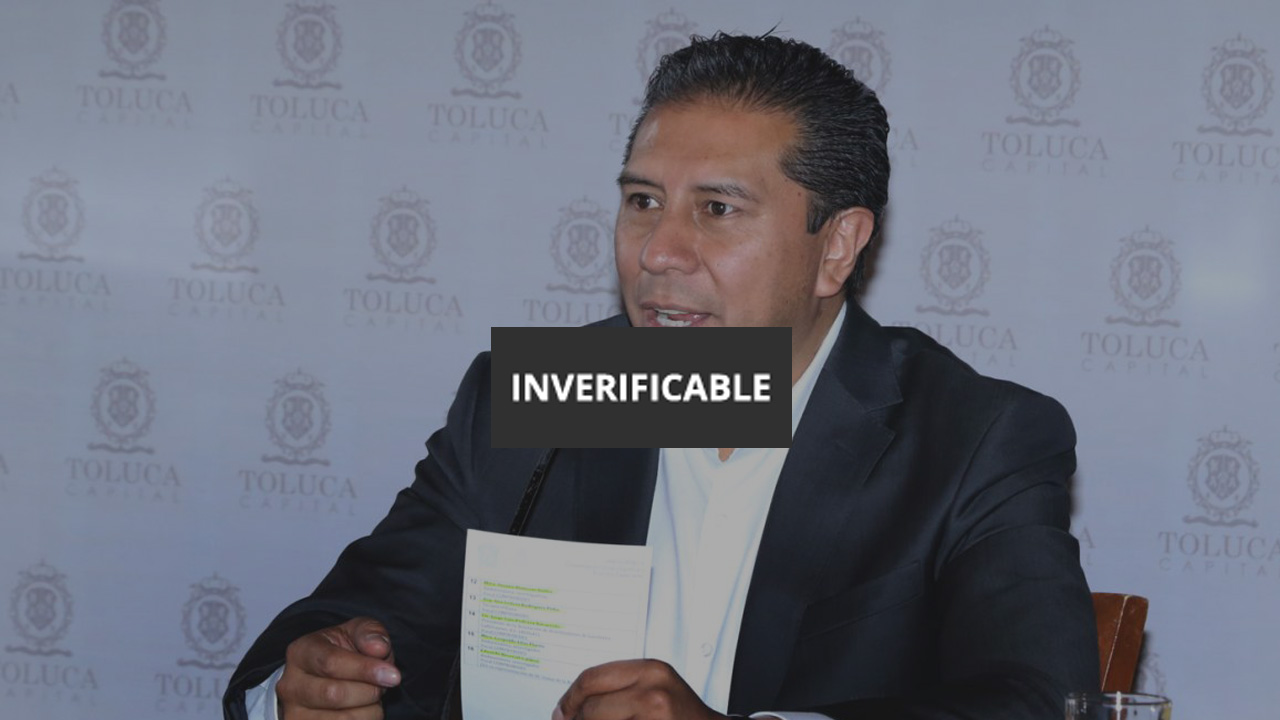
Data
Toluca’s mayor, Juan Rodolfo Sanchez Gomez, claimed that the public transport is the one that pollutes the most on the Valle de Toluca, and he warned that it emits 66% of the pollutants of the town.
Analysis:
Officially, the government agencies have no information, which can allow us to distinguish quantitative measuring of the pollutants on Estado de Mexico, and Valle de Toluca, which demonstrates the deficiency of environmental issues.
It is well known that the transport that uses diesel emits nitrogen oxide (NOx), unburn hydrocarbons (HC), carbon monoxide (CO) Carbon dioxide (CO2), Sulphur dioxide (Cox), aldehydes and soot micro particles (PM).
The industries, on the other hand, emits ozone (O3) and nitrogen oxides in general (NOx), in which stands out the Nitrogen dioxide. As shown below, the transport as much as the industry, emit Nitrogen Oxides.
The previous is shown, because on the reports of the Red Automática de Monitoreo Atmosferico de la Zona Metropolitana del Valle de Toluca, all the pollutants are classifies on the type and not who emits them.

Therefore, it is complicated to make a difference between where the pollutant comes. Having said that, on the last report, on April, the three pollutant groups that stood out were particles smaller than 10 microns (PM10), smaller than 2.5 microns (PM2.5) and ozone.

On the three cases of the pollutants, on average, they leave behind the 100 index of air quality, being found on the spectrum of bad air quality (from 101 to 150). In the time of the PM 2.5 particles it overtake the 151 index of air quality, being located on a very bad quality.

As mentioned before, the micro particles are the ones emitted by burning fossil fuels, making a complex mix of solid and liquid materials, which can vary significantly on its shape and composition, mainly depending on its origin. Its size goes from 0.005 hasta 100 µm on aerodynamic diameter (da), this is from a couple atoms to the thickness of a human hair. The particles with a diameter bigger than 100 µm cannot be on suspension (those are sedimentary particles), reason why the particles smaller than 100 µm are considered pollutants. This are the ones emitted by means of transportation, it does not matter if they are public or private. Therefore, the transport in general, is the one that bring the atmospheric pollution together, not just public.
In contrast, the metropolitan zone of the Valle de Mexico, which includes Mexico City and the east of the State of Mexico, has identifies its environmental contingency plan (published last May 22), the pollutants by emitting.
On the case of this region, 36% of the PM 2.5 are emitted by mobile sources, meaning vehicles. This is in general, including public transport on the 36%. Despite that in the Valle de Mexico and Valle de Toluca have its distinctive features as regions, this example gives an idea of how much the vehicles in general, pollute. With this case close to the Valle de Toluca we estimate with a little error margin (derived of the problems that were said before) the transport may not emit the 66% of the pollutants of the region. Even though we do not deny that, they also constitute a factor of pollution of the air in the area.
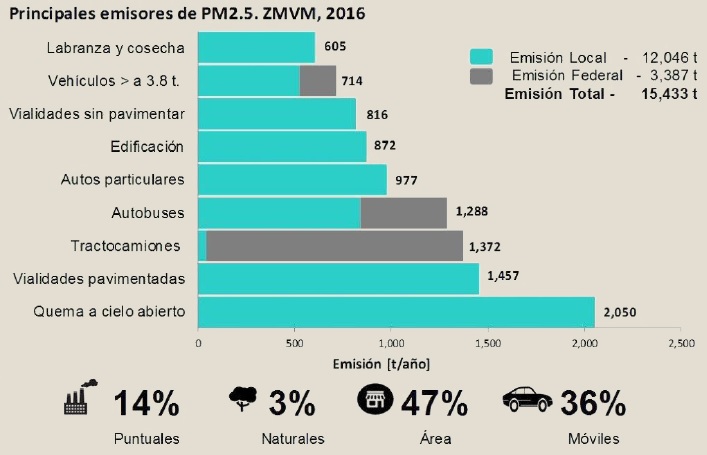
Conclusions:
When we talk about identify specifically the pollutants on the Estado de México we are practically blindfolded. In spite of the measurement instruments that exist, and the initiatives to ease the effects of the pollution by human actions. Not all kinds of pollutants are emitted by a single source. Reason why, there are no elements to deny or affirm the declaration made by Toluca’s mayor. Although, you can perceive certain intention to take advantage of this lack of information to emit the data we verified above. As shown on the case of the Valle de México, it can be stablished an approximate of the pollutant, reason why, on the Estado de Mexico and specifically on the Valle de Toluca, it should exist a pertinent measuring scale. It is also made an observation to the councilor to make public its sources, under the case that he may have access to information that is not public.
Grade:
For all the things that were said before, what Juan Rodolfo Sanchez Gomez said, is UNVERIFIABLE.
Sources:
Ecología Verde. ¿Qué tipo de polución emite el tubo de escape de un coche? https://www.ecologiaverde.com/que-tipo-de-polucion-emite-el-tubo-de-escape-de-un-coche-441.html Consultado el 30 de mayo de 2019.
El Sol de Toluca. Transporte público genera el 66% de la contaminación en Toluca. https://www.elsoldetoluca.com.mx/local/transporte-publico-genera-el-66-de-la-contaminacion-en-toluca-3267277.html Consultado el 27 de mayo de 2019.
Red Automática de Monitoreo Atmosférico de la ZMVT. Características de los contaminantes. http://rama.edomex.gob.mx/caracteristicas Consultado el 29 de mayo de 2019.
Red Automática de Monitoreo Atmosférico de la ZMVT. ¿Qué es el IMECA? http://rama.edomex.gob.mx/imeca Consultado el 31 de mayo de 2019.
Red Automática de Monitoreo Atmosférico de la ZMVT. Reporte mensual, Abril de 2019. http://rama.edomex.gob.mx/sites/rama.edomex.gob.mx/files/files/Calidad_Aire_ZMVT_ABRIL_2019.pdf Consultado el 30 de mayo de 2019.
SEMARNAT/ Gobierno de la Ciudad de México / Gobierno del Estado de México. Nuevo programa para prevenir y responder a contingencias ambientales atmosféricas. Consultado el 3 de junio de 2019.
By: Hector Castañeda
August 23th, 2017





